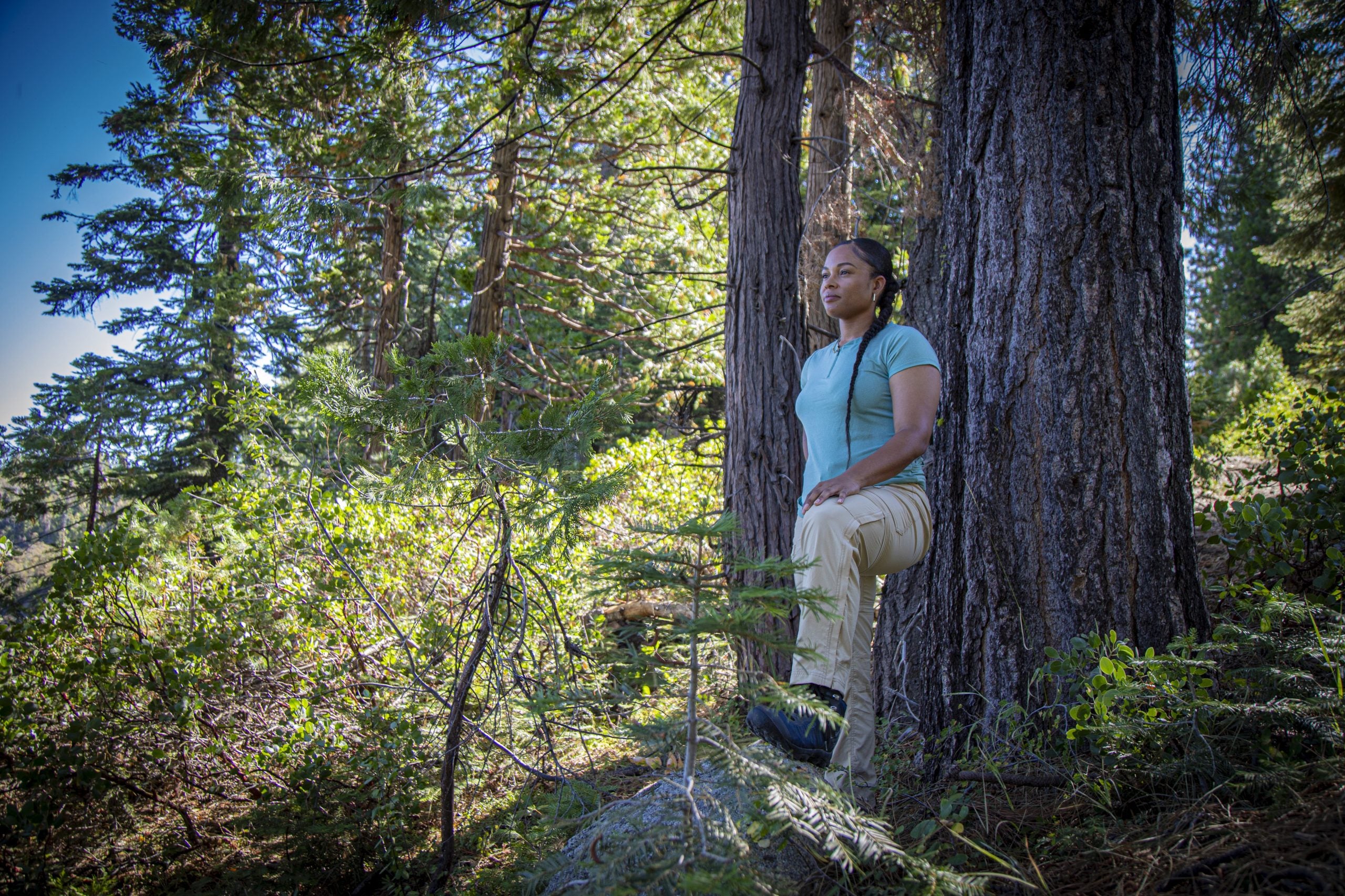deerstalker
https://nerdist.com/article/x-men-marvel-comics-history-of-rogue-and-magnetos-romance-explained/
Aside from Cyclops and Jean Grey, the X-Men’s premier “power couple” is Rogue and Gambit. In fact, it’s hard to imagine the sassy southern mutants with anyone else. But as X-Men ’97 hinted at in episode two, “Mutant Liberation Begins,” Rogue also once had a relationship with their enemy and occasional ally Magneto of all people. This star-crossed romance began in the main 616 universe, but other versions of it flourished even more in other alternate realities.

Rogue and Magneto’s Savage Land Flirtation
The first hints of a romance between Rogue and Magneto began in the early ‘90s X-Men comics by Chris Claremont and Jim Lee. Specifically, in 1991’s Uncanny X-Men #274. After a period of time where the Master of Magnetism tried his best to be a good guy, he retreated to the prehistoric Savage Land. There, he met up with Rogue, during a very strange period in her life. As most X-Men fans know, Rogue’s mutant powers are energy and life force absorption. When she touches a mutant with her bare skin, she can absorb their powers too. When she was young, she touched the hero Carol Danvers for too long, landing her in a coma. But Rogue permanently absorbed Carol’s super strength and flight powers, along with her memories.

When Rogue went through the mystical portal called the Siege Perilous, it split her in two. The Carol aspect of her personality gained its own body. But as long as Rogue was alive, it could not sustain itself, so it tried to kill her. This version of Carol followed Rogue to the Savage Land, the hidden primordial world. There, Magneto killed her, saving Rogue’s life, and the two mutants reconnected. During their time in the Savage Land, Magneto and Rogue grew close. They found out that Rogue could actually touch him, because her powers were on the fritz. But when Magneto kills his enemy Zaladane in cold blood, Rogue is horrified at his turn back to the dark side. She leaves Magneto before a real relationship can begin.
In the Age of Apocalypse Reality, Rogue and Magneto Are Married with a Kid

In one alternate reality, Rogue and Magneto’s romance actually flourishes. This alternate reality, called the Age of Apocalypse, happened when a young Charles Xavier died, leaving Magneto to form the X-Men himself. Magneto’s X-Men led a charge against that world’s mutant despot, Apocalypse. This world’s version of Rogue was one of Magneto’s top X-Men, but she was in a relationship with the Cajun mutant Gambit. When Wolverine, who in this reality was their enemy, attacked the three of them, Rogue could only save one teammate. She chose Magneto, making her feelings clear.

A heartbroken Gambit leaves the X-Men, and Magneto and Rogue officially become an item. In this reality, Rogue permanently absorbed magnetic powers from Polaris. Since Rogue’s powers always contain a form of magnetism now, the two magnets cancel each other out. This allows Rogue and Magneto to touch. They soon marry, having a son named Charles, who has psychic abilities. However, the Age of Apocalypse timeline is eventually wiped out of existence, restoring the X-Men reality everyone was familiar with. Thus, consigning the romance of this reality’s Magneto and Rogue as something that never really happened.
The Doomed Romance of Rogue and Joseph, Magneto’s Younger Clone

Back in the main 616 timeline, the X-Men encounter a young mutant named Joseph, a clone of Magneto. Rogue feels a strong connection to Joseph, and since he does not have any of his genetic template’s darker tendencies or tragic past, the two strike up a relationship. This was during a time Rogue and Gambit were on the outs. Like her teammate Scott Summers, it seems Rogue could not resist a clone copy of a past love. It’s safe to say that Joseph dating Rogue didn’t endear Gambit to him much. Eventually, Joseph died and the real Magneto returned. Later, for a brief time, so too did the Magneto/Rogue romance.
Magneto Proposes Marriage to Rogue

After the events of Avengers vs. X-Men, Rogue and Magneto grow close again. Possibly because both have dark pasts as villains, they are trying to atone for as X-Men. In X-Men: Legacy #249, the two finally consummate the relationship in the main 616 timeline. Magneto falls hard for Rogue, and in X-Men: Legacy #274, he actually proposes marriage to her. Shocked, Rogue turns him down. Ultimately, Rogue returns to Gambit, and the two get married, and become “Mr. and Mrs. X.” Rogue and Magneto are simply not designed to be an “endgame” couple, and there’s always an obstacle in the way of any potential romance.
Rogue and Magneto in X-Men ’97

In episode two of X-Men ’97, Rogue and Magneto share a private moment in Xavier’s old office. The two come close to touching, and they make it clear that at some point in the past, the two shared a romantic relationship. Rogue reminds Magneto this is something she’d like to continue to keep secret. There are no hints of a Magneto/Rogue pairing in the original animated show, so whatever happened between them, it will certainly be a shock to everyone when they learn the truth. Especially poor Gambit. We’ll see if the Magneto/Rogue romance has a better chance of survival in the animated universe than it did in the comics.
The post The X-MEN Comics History of Rogue and Magneto’s Romance, Explained appeared first on Nerdist.






